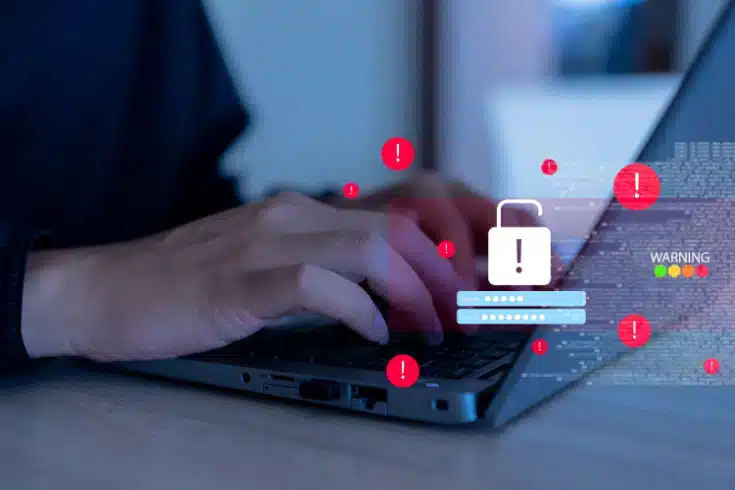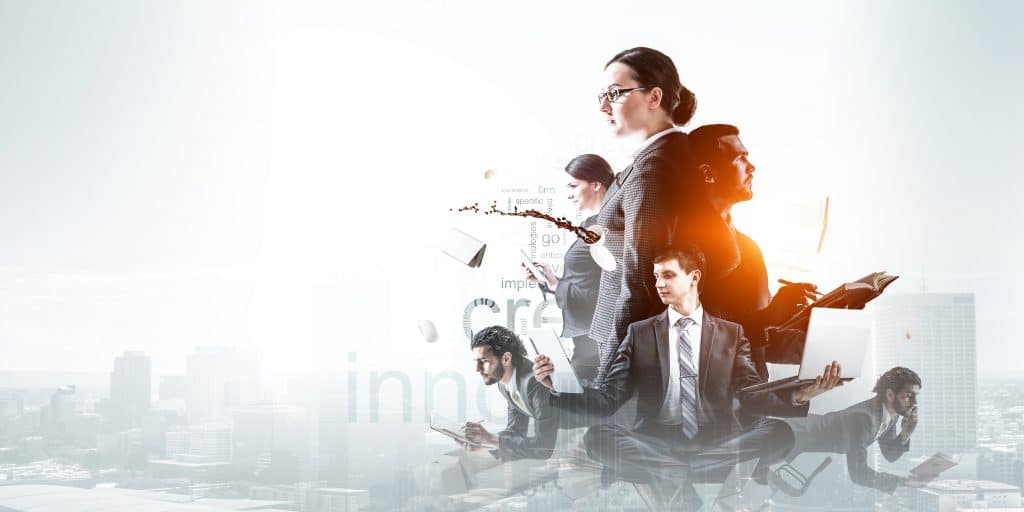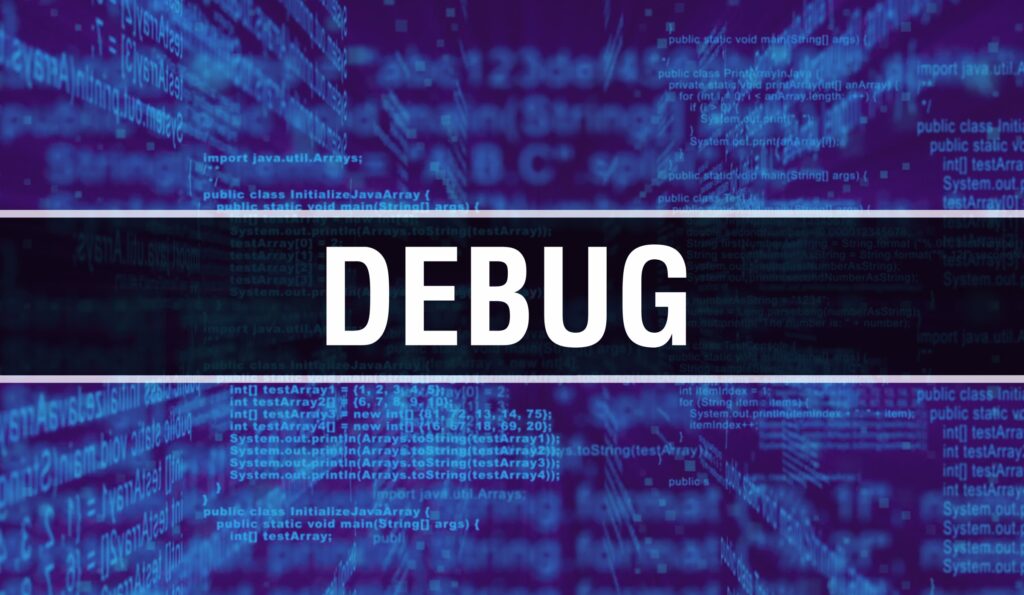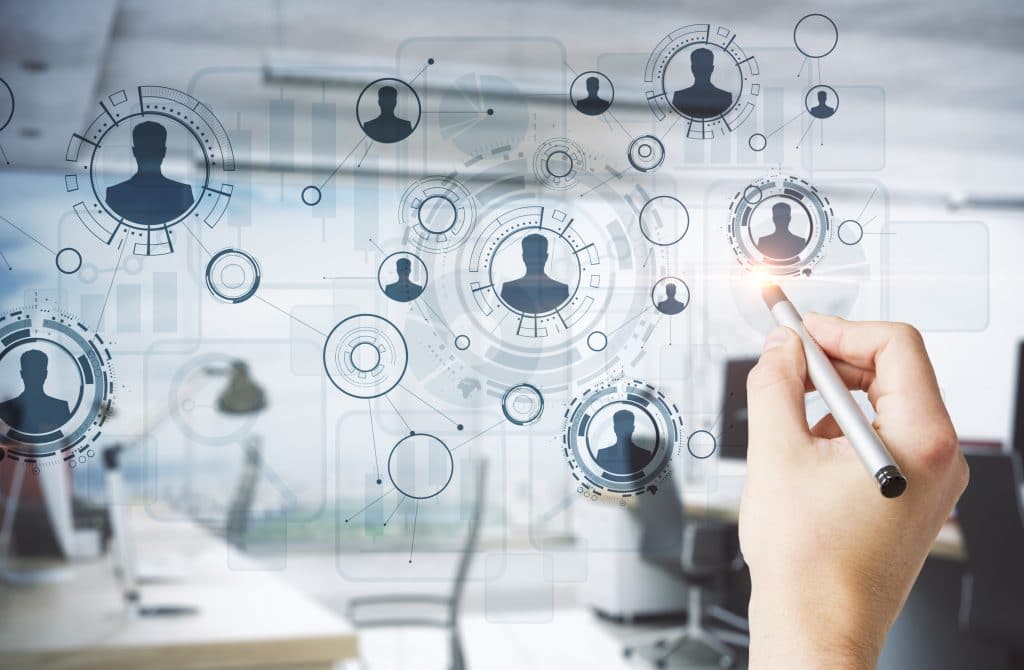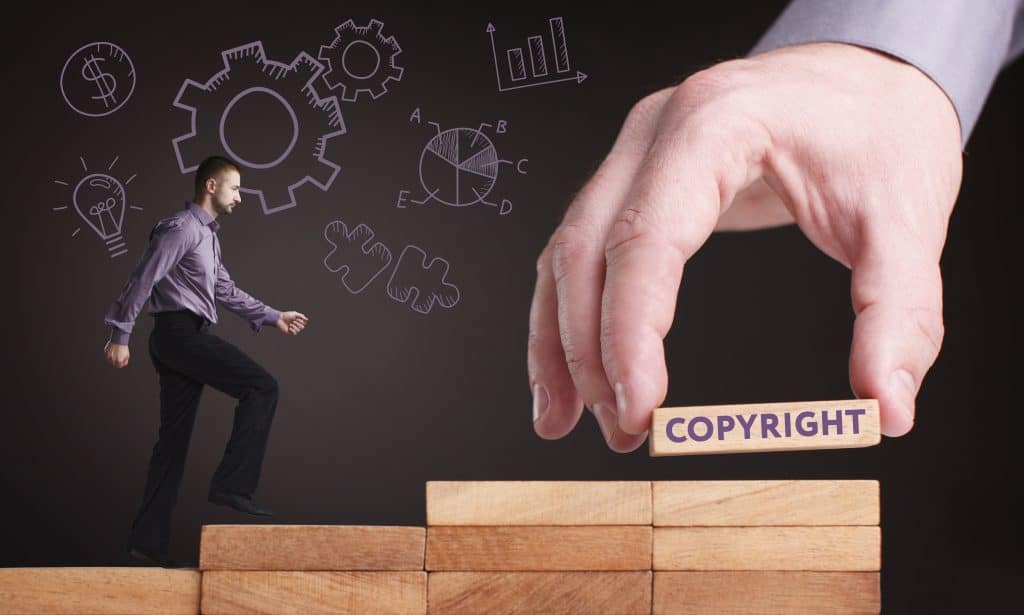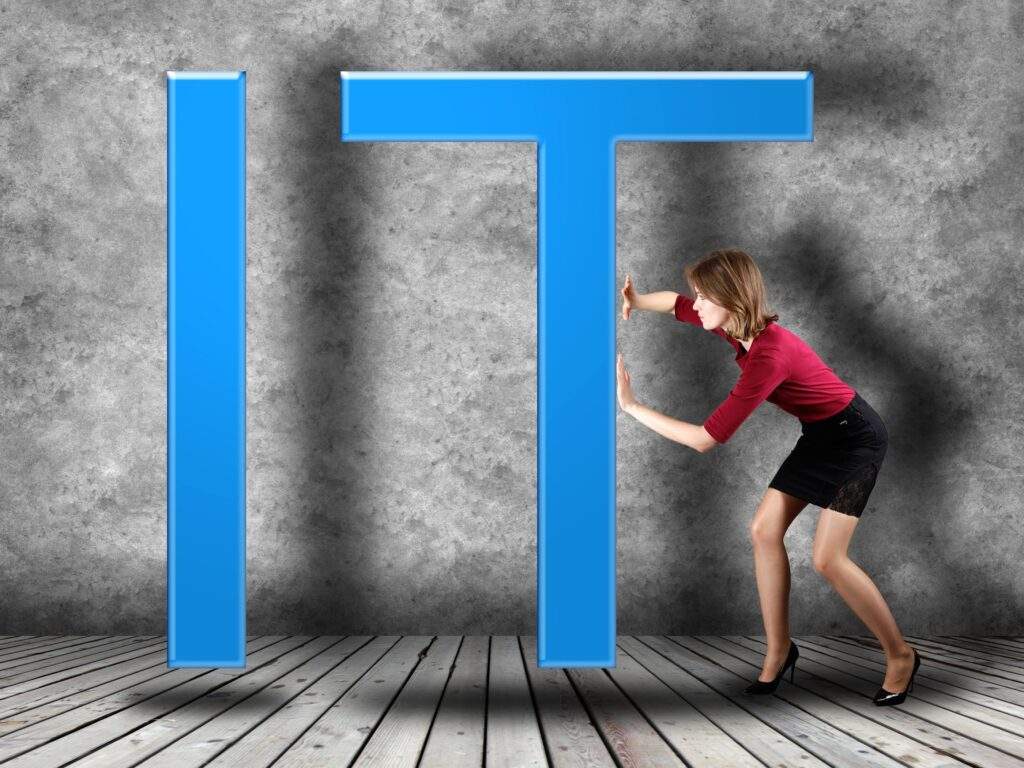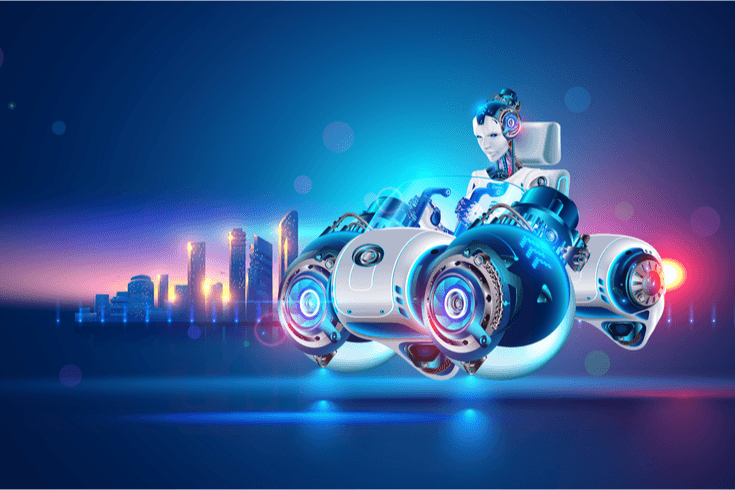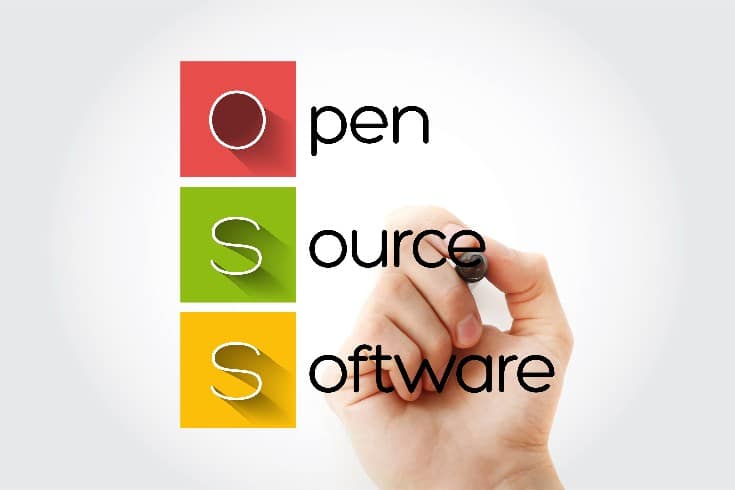What is the Big Picture of Copyright Issues in IT Systems?

Many legal issues related to IT system development are associated with the ‘flaming’ of projects. In such cases, the main points of contention often revolve around what both parties should do for the smooth progress of the project, whether it’s the ‘project management obligation’ or the ‘user’s cooperation obligation’.
However, one must not forget the issues related to intellectual property, including copyrights. In this article, we explain the copyright issues related to each process and component of IT system development projects, and provide an organized overview of the entire field.
How IT Systems and Copyrights are Related
What is Copyright Law?
Firstly, to understand what the field of copyright law aims to achieve, we can refer to the purpose clause in Article 1 of the Japanese Copyright Law (a clause that ideologically explains the purpose of the law).
Article 1: This law aims to define the rights of authors and neighboring rights in relation to works, performances, records, broadcasts, and cable broadcasts, and while paying attention to the fair use of these cultural properties, it aims to protect the rights of authors and contribute to the development of culture.
In other words, it is a field of law that grants certain rights to the creators of works, protects individual rights, and promotes individual creative activities for the overall society, aiming for the “development of culture”. To put it another way, it aims to maintain a proper balance between the protection of individual rights held by authors and the promotion of the use of works in society as a whole.
As for the subjects that can be granted copyright, the following are listed as examples. The key point is that “program works” are clearly mentioned in item 9. Even in the development of IT systems, copyrights are naturally granted, and therefore copyright-related issues can naturally arise due to these circumstances.
Article 10, Paragraph 1
Examples of works referred to in this law are generally as follows: 1. Novels, scripts, essays, speeches, and other linguistic works
2. Musical works
3. Dance or pantomime works
4. Paintings, prints, sculptures, and other artistic works
5. Architectural works
6. Maps or academic drawings, diagrams, models, and other graphic works
7. Cinematographic works
8. Photographic works
9. Program works
What Does It Mean for Rights to Extend to Works?
Having understood the purpose of copyright law and its impact, the important question is “What does it mean to be granted copyright?” If you have copyright, you are granted rights such as reproduction (Article 21 of the same law), public transmission via the internet (Article 23, Paragraph 1 of the same law), and transfer (Article 27 of the same law).
On the other hand, if a person who does not have copyright performs these actions, they may be subject to a request for injunction (Article 112 of the same law) or pursued for civil liability for tort (Article 709 of the Civil Code). This is the issue of “copyright infringement”.
Furthermore, copyright is a right that naturally assumes transfer and assignment, just like other ordinary property rights and claims.
- There are legal issues disputing the existence and transfer of copyright
- There are legal issues disputing the success or failure of copyright infringement against the right holder
Let’s understand these two points here.
The Structure of IT Systems as Works
Regarding the relationship with copyright law, it is useful to organize IT systems and their development process. In one aspect, an IT system is a collection of computer languages, including programming languages.
From another perspective, if we divide it into components, we can say that it is divided into three layers: the “screen”, the “database”, and the “program” that drives the server side and manages the overall structure. The issue of copyright for IT systems is developed for these three layers.
Legal Issues Regarding Copyright in IT Systems
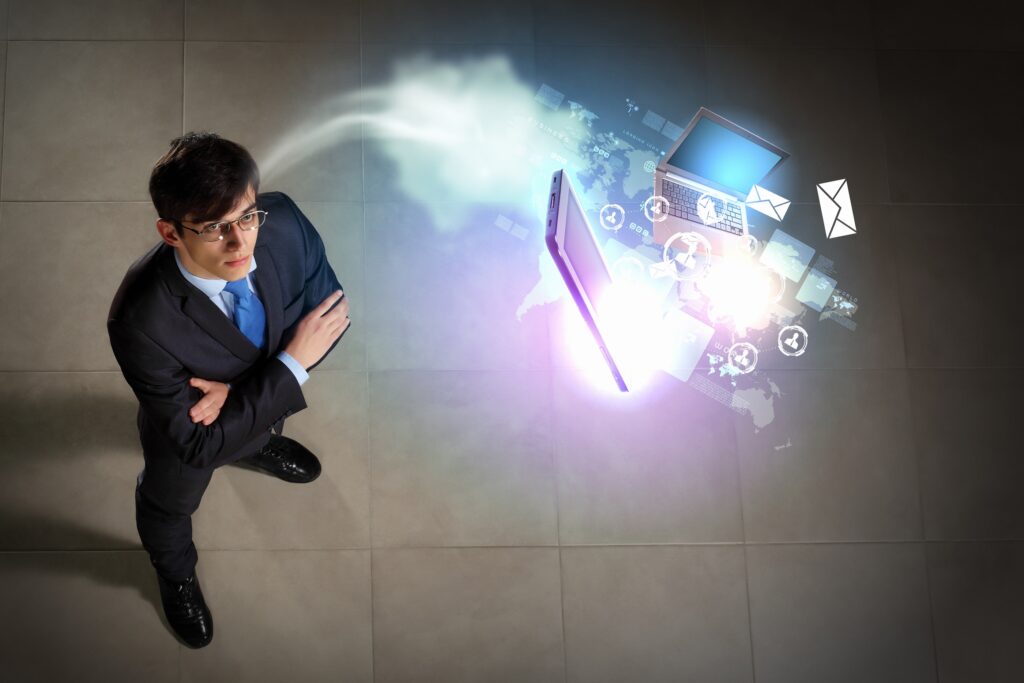
With the above in mind, we will organize the overall picture of copyright issues related to IT systems.
Issues Covering the Entire IT System
Disputes Regarding the Existence of Rights
One issue is the dispute over the “existence” of rights. In other words, it’s a type of trouble where the existence or transfer of copyright is disputed. We provide a detailed explanation of this in the following article.
https://monolith.law/corporate/copyright-for-the-program-source-code[ja]
In this article, we explain how to determine who should be the first to acquire copyright (legally referred to as “original acquisition”) and how to determine the success or failure of its transfer.
Disputes Over What Constitutes Copyright Infringement
There are also disputes about what can be done (or what is prohibited) assuming that there is (or is not) copyright. For example, whether two “similar” works are merely “referenced” or can be said to be “plagiarized”. We provide a detailed explanation of this in the following article.
https://monolith.law/corporate/copyright-infringement-relatedtothe-program[ja]
In this article, we explain how courts intend to determine the success or failure of copyright infringement, using the source code of a program as an example.
The above general copyright issues are divided into three layers: “screen”, “program”, and “database”. By organizing the personalityistics of “screen” and “database” under copyright law, it is possible to grasp the overall picture of this field. We leave the “program” to the above article.
Copyright Protection for Screen/UI
Copyright is also recognized for screen layouts and UI. However, there are not many cases where copyright infringement is recognized for the appearance of IT systems. This is because it is natural that they will become similar if you try to arrange the appearance and layout necessary to realize specific functionality and operability.
The hurdle to say that “someone else’s work was plagiarized” is extremely high, and it is mostly a story that “common expressions were adopted individually”. Unless it is a degree of similarity that can be called a dead copy, it is safe to assume that the court will hardly recognize copyright infringement.
Copyright Protection for Databases
Copyright is also recognized for things like the table structure of a database. However, even in this case, the recognition of copyright infringement is only very reluctantly made. The structure of a database is, to put it bluntly, nothing more than a “framework for organizing information”. For such a mere “framework” itself to be called a “work”, it requires a detailed systematicity. In simple terms, unless it is a database that has a certain scale and is designed in detail, it will only be a story that “each adopted a very common expression”, and it will not be a story that “one copied the other”.
However, what should be noted in relation to this topic is that copyright is not recognized for the “data” stored in the database itself. Data is not a human work, but nothing more than abstract “information”. Therefore, no matter how rare and valuable the data is, its protection cannot be achieved by copyright.
If you cause damage to the other party by stealing data, it constitutes a problem of tort in civil law, not a problem of copyright infringement.
Summary
The above is an overview of copyright issues, taking into account the overall picture of IT systems. It should be noted that the existence of copyright and the success or failure of infringement are determined regardless of whether it has ‘artistic value’ or ‘how high a level of completion it has as a product’. Therefore, it is important to understand that the degree of similarity, including bugs and specification errors, can sometimes determine the success or failure of copyright infringement.
The difficulty of discussing ‘what it means to be creative’ on a different scale from creators and engineers seems to be a personalityistic of copyright issues as a legal field.
Category: IT
Tag: ITSystem Development

